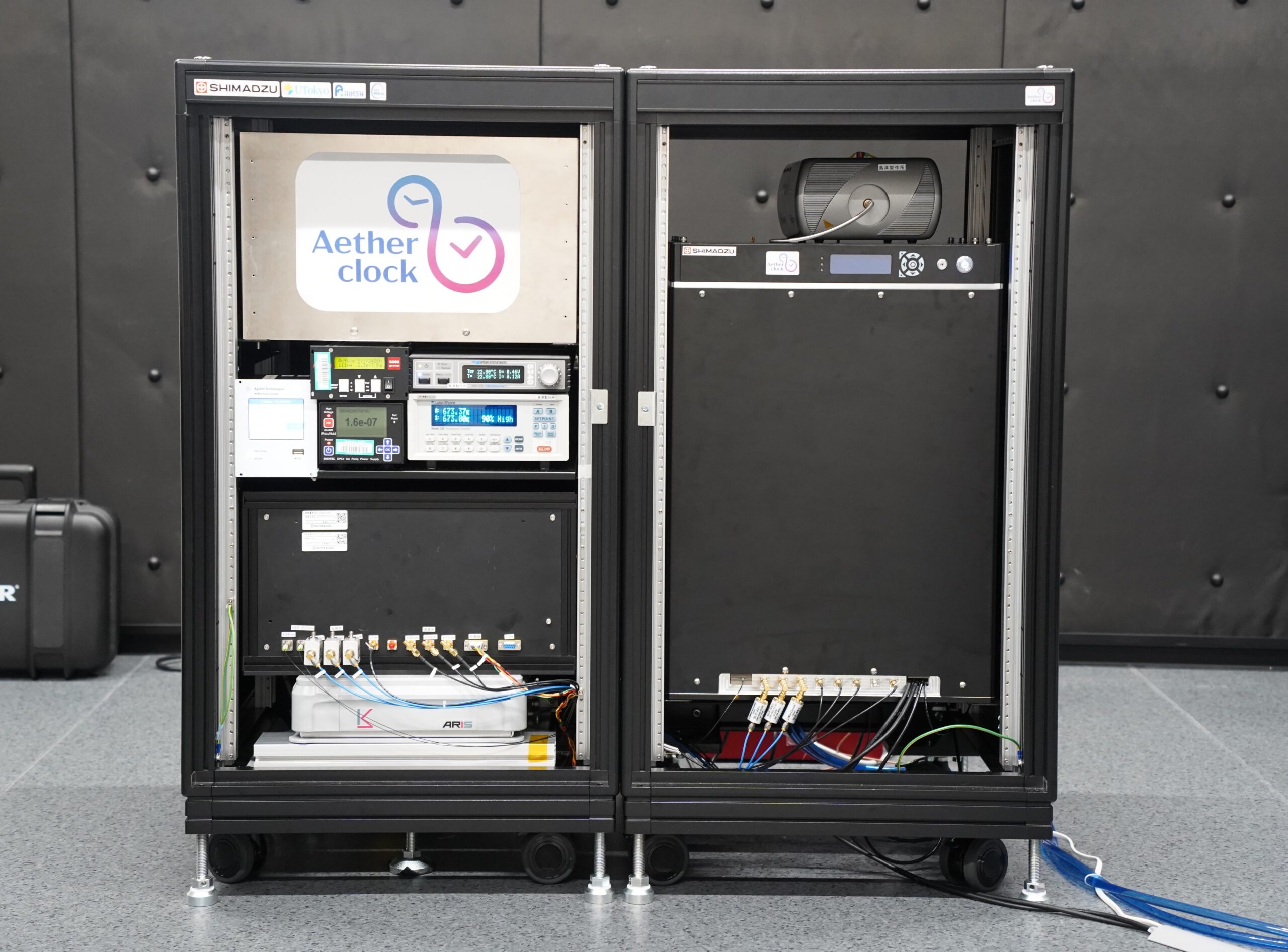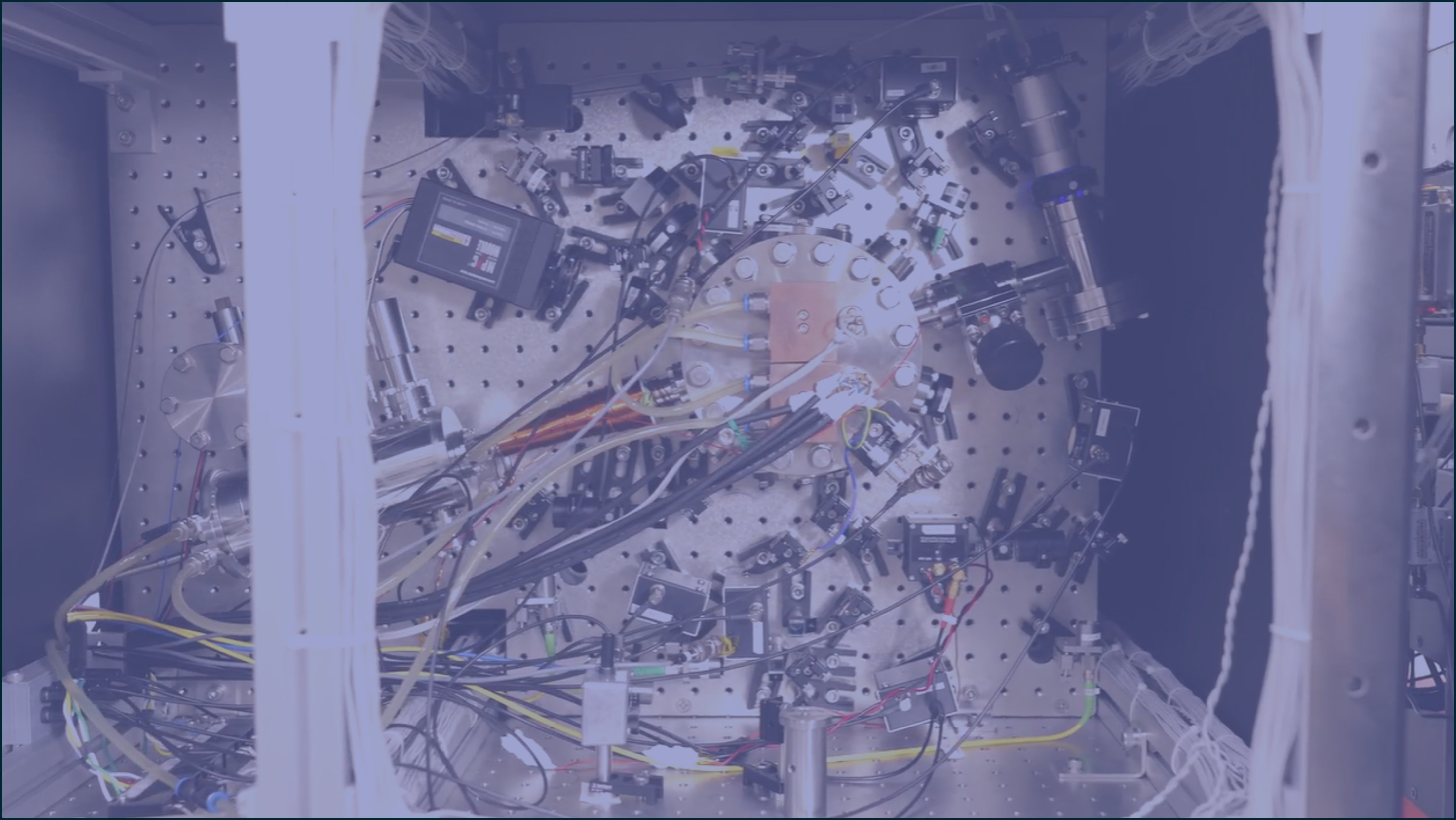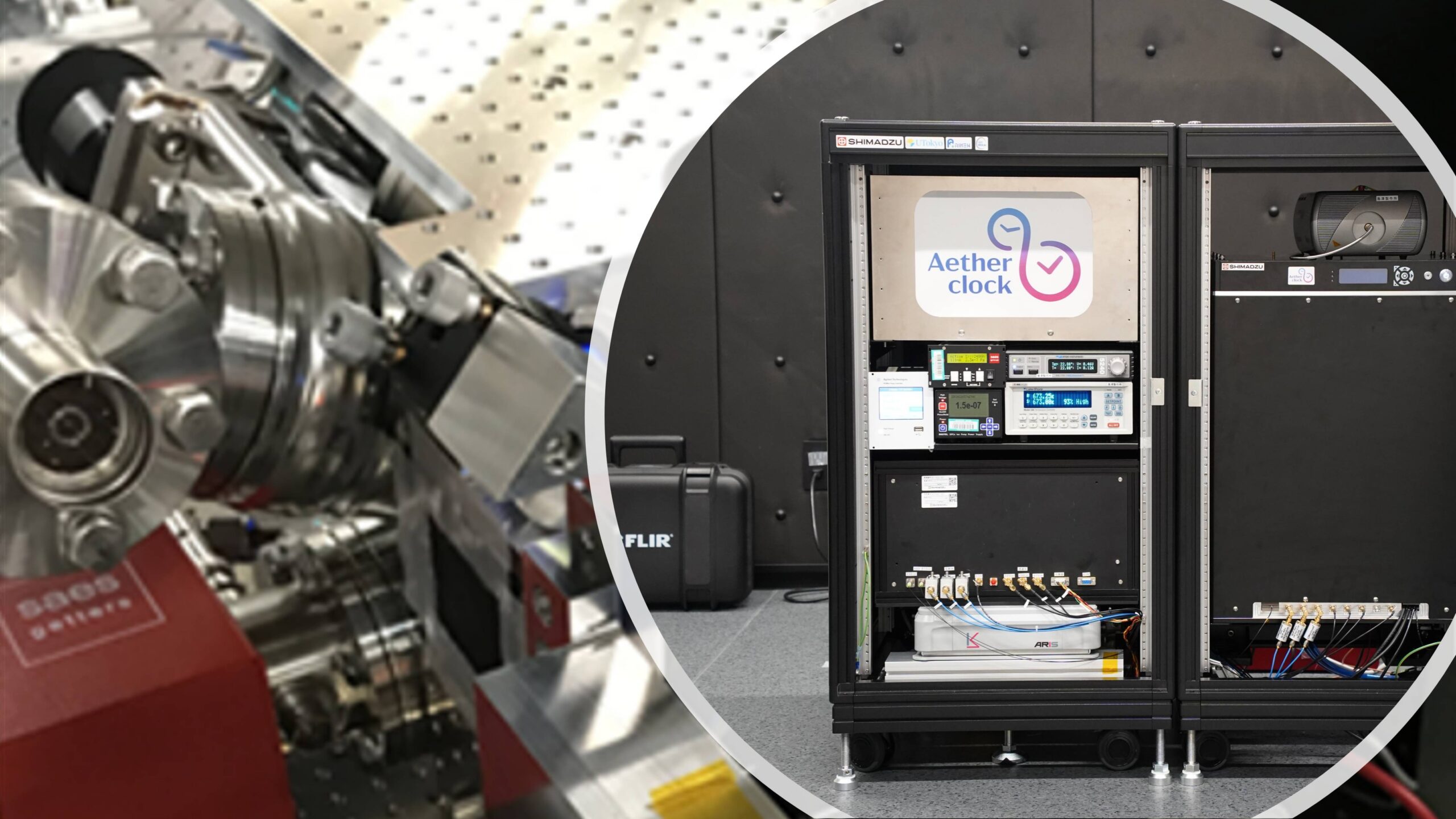
What is Optical Lattice Clock?
Professor Katori dedicated 13 years to inventing a high-precision optical lattice clock that deviates by no more than one second over 10 billion years. But what does it mean to confine a million atoms in an “egg carton”? This groundbreaking clock is now the leading candidate for the next-generation redefinition of the second.

An Experiment at TOKYO SKY TREE
Did we succeed in proving Einstein's theory of relativity at TOKYO SKYTREE? Is it true that time moves faster at the 450-meter-high observation deck than at ground level?
Discover the results of our 2020 experiment conducted at TOKYO SKYTREE!

Achieving a Compact Design
We have successfully developed a transportable optical lattice clock model with a volume of just 250 liters—one-quarter the size of its predecessor. This compact and robust optical lattice clock is anticipated to expand its applications beyond traditional timekeeping. Potential uses include advanced scientific research and practical fields such as relativistic geodesy.


Join the Lab!
Undergraduate , Graduate & Researchers
The Latest News
- The 12th RAP Symposium @ RIKENThe RAP Symposium was held for two days on December 11t… 続きを読む: The 12th RAP Symposium @ RIKEN
- RIKEN Visit by Prof. Safronova of Delware UniversityProfessor Safronova from University of Delwere , USA vi… 続きを読む: RIKEN Visit by Prof. Safronova of Delware University
- RIKEN Visit by the UK Officials from PNT Office and NPLOfficials from the UK's PNT Office (National Positionin… 続きを読む: RIKEN Visit by the UK Officials from PNT Office and NPL
- Press Release on Nov. 21, 2024 The World's First Successful Development of a Super-downsized Optical Lattice ClockAs a part of the JST-Mirai Program, researchers from th… 続きを読む: Press Release on Nov. 21, 2024 The World's First Successful Development of a Super-downsized Optical Lattice Clock
- New Member October 1, 2024Dr. Darmagnac de Castane Quentine, a special researcher… 続きを読む: New Member October 1, 2024

The World's 1st :250-Liter Optical Lattice Clock
We have successfully developed the world's first transportable optical lattice clock with a compact volume of just 250 liters—one-quarter the size of its predecessor.
This downsized optical lattice clock is easy to relocate, enabling its application in relativistic sensing based on general relativity across various installation environments.


